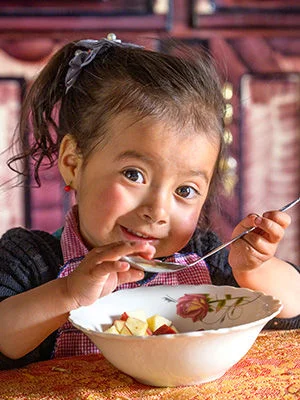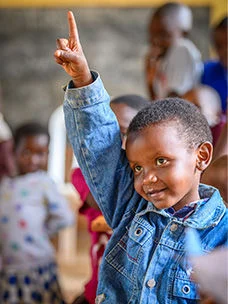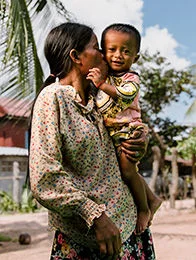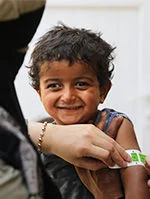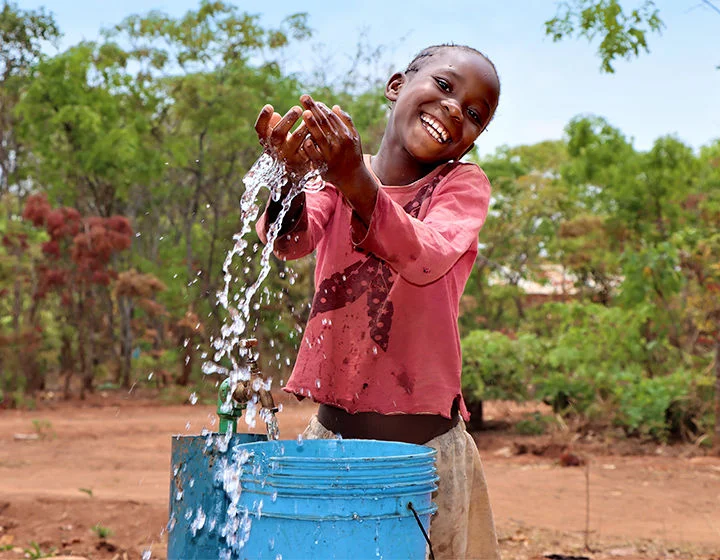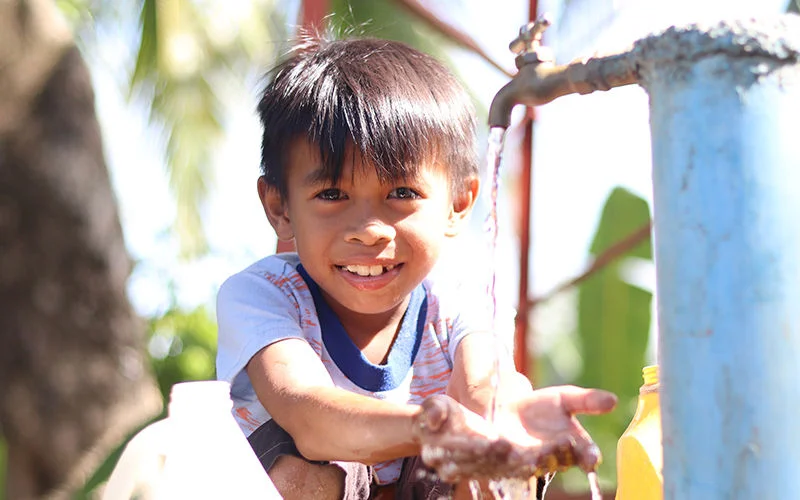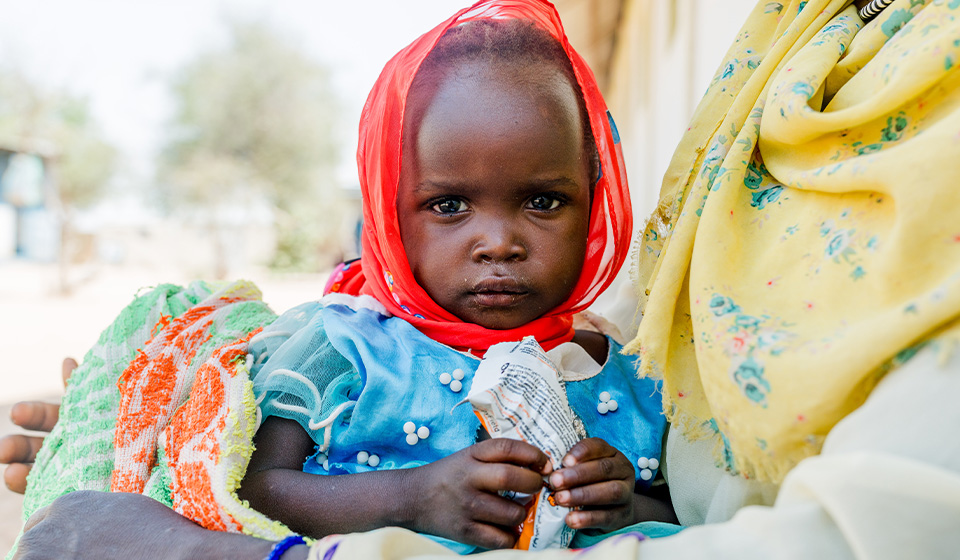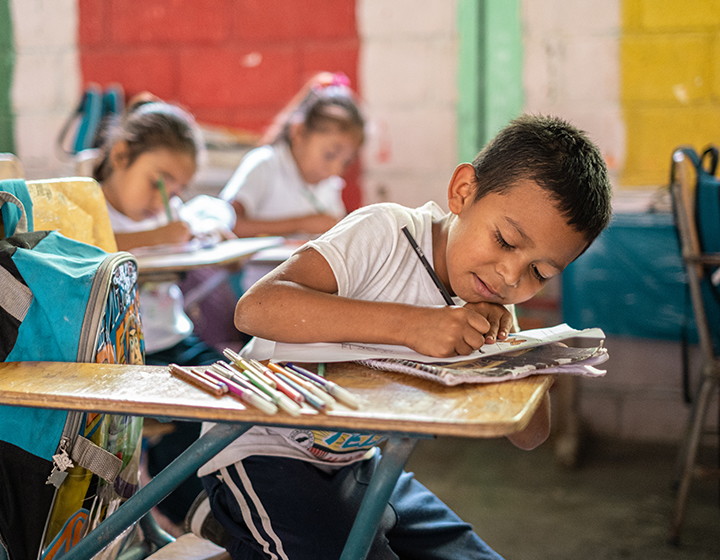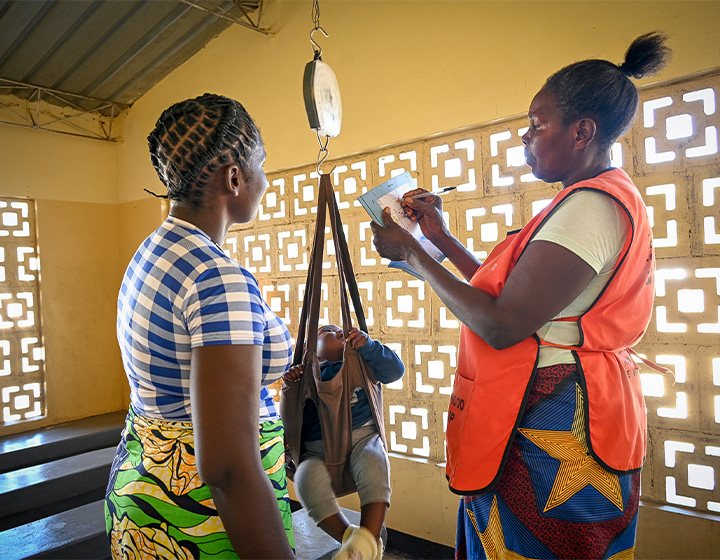Featured article
Every year, 125,320 cases of diarrhea are prevented among children under five through our water, sanitation and hygiene programs.
Source: World Vision Canada’s cost-benefit analysis on 111 water projects in 29 countries between 2019 and 2021.

Program expenditures
How our donors choose to help
Consistency and commitment—the formula for lasting change. Together, through monthly donations and community-led solutions, our work spans across five sectors where impact is needed most.
Water
With your help, every ten minutes, six people gain access to clean drinking water.
That’s 317,689 people every year.
Our water projects support the ongoing health of children and families, the growth of their food and livestock, and protect the environment—the building blocks of well-being and a sustainable future.
Trending topics
When our community grows, so does our impact.
Let's help build a world of opportunities for every child, no matter the location or circumstance.
